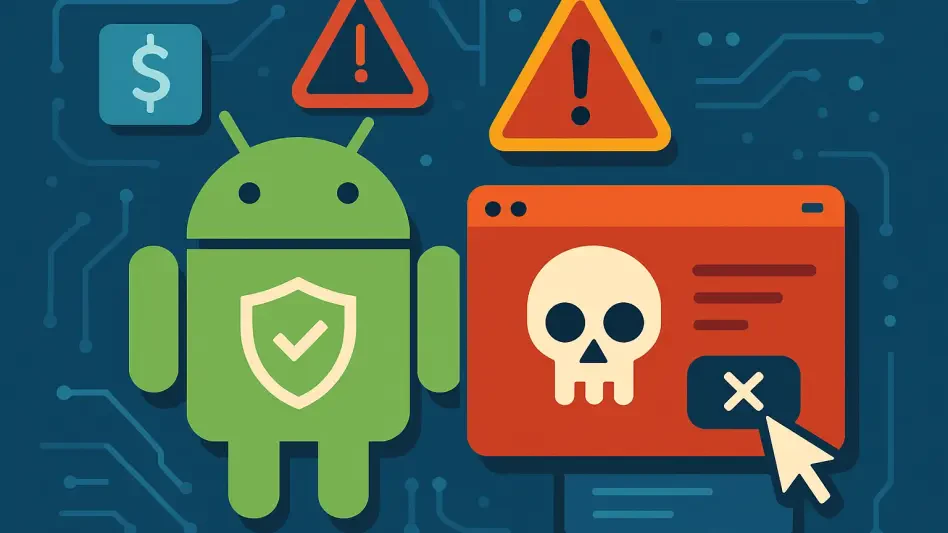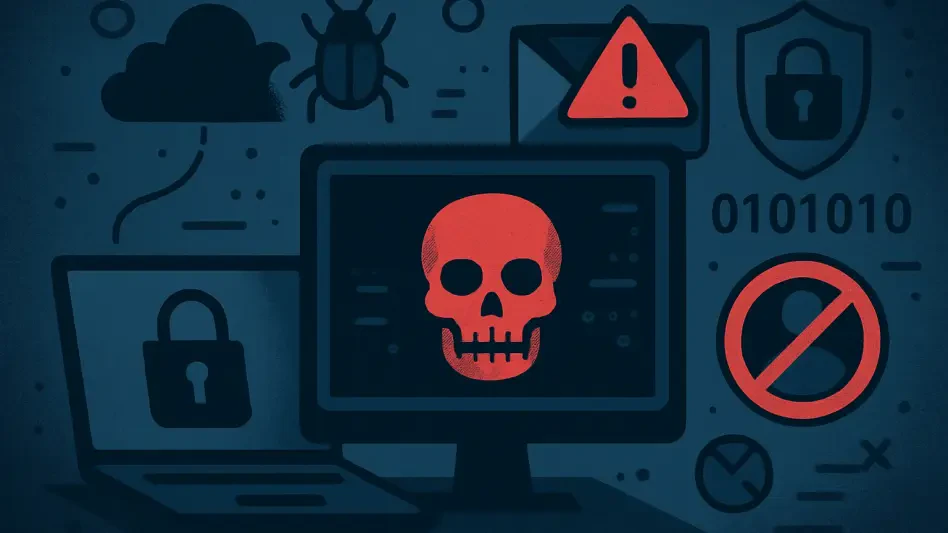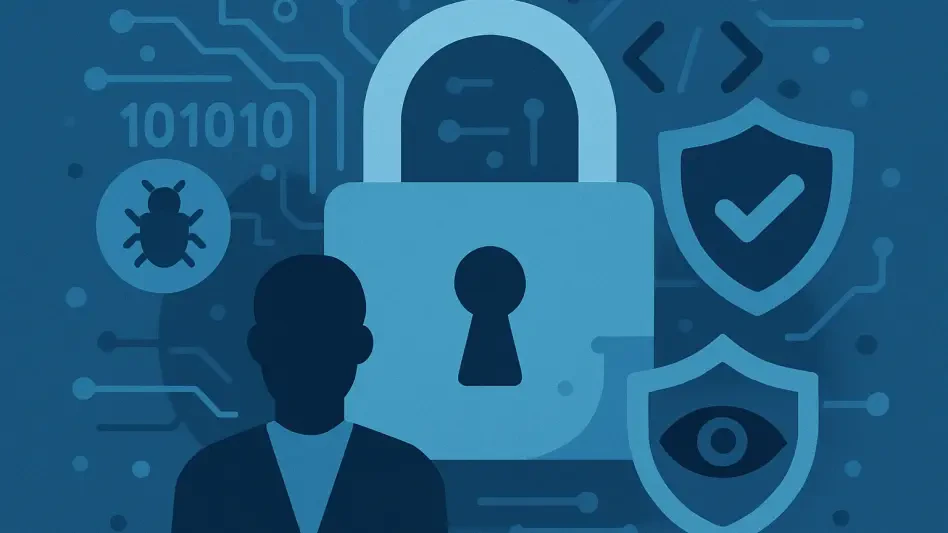The significant cybersecurity breach at Community Health Center (CHC) in Connecticut, which left sensitive data of over one million patients exposed, has highlighted the urgent need for healthcare providers to ramp up their defensive measures against increasing cyberattacks. This incident, uncovered on January 2, 2024, but believed to have started much earlier on October 14, 2023, has brought into sharp focus the vulnerabilities within the healthcare sector. Critical patient information such as names, dates of birth, addresses, phone numbers, emails, medical diagnoses, treatment details, test results, Social Security numbers, and health insurance information were potentially compromised. Though the attack did not disrupt CHC’s daily operations and was reportedly neutralized within hours, the breach sparked concerns about patient privacy and the adequacy of cybersecurity measures. The CHC has since taken steps to enhance their defenses, but their experience is a stark reminder of the growing cybersecurity threats facing healthcare providers across the United States.
Understanding the Gravity of Cyberattacks in Healthcare
The breach at CHC is not an isolated incident but part of a troubling trend of increasing cyberattacks on healthcare providers in the country. According to a report by Netwrix dated January 21, 84 percent of organizations in the healthcare sector experienced cyberattacks within the past twelve months. The healthcare industry is particularly vulnerable due to the high value of health-related data on the black market. Cybercriminals are increasingly targeting this sector because the data holds vast quantities of sensitive and personal information, which can be exploited for identity theft, financial fraud, and even blackmail. Furthermore, healthcare providers often have extensive interconnected digital systems that can present multiple points of entry for cyber attackers. The complexity of these systems, combined with often outdated technology, makes it challenging to defend against sophisticated cyber threats efficiently. The data breach at CHC, thus, underscores the significant threat that cyberattacks pose to the healthcare industry and highlights the urgent need for robust cybersecurity infrastructure.
Strengthening Cybersecurity Measures
In response to the breach, CHC immediately brought in experts to investigate the incident and bolster their cybersecurity measures. They installed special software to monitor for suspicious activity and reassured patients through a letter, informing them of the steps taken to mitigate potential future attacks. To protect patients from identity theft, CHC also offered affected individuals free identity theft protection services via IDX and a $1,000,000 insurance reimbursement policy. However, reactive measures alone are not sufficient to address the growing threat of cyberattacks. Healthcare providers need to adopt a proactive approach to cybersecurity, focusing on prevention, detection, and rapid response. This includes conducting regular security audits, investing in advanced cybersecurity technologies, and ensuring that all systems and software are kept up-to-date. Employee training and awareness programs are also critical, as human error remains one of the leading causes of security breaches. By educating staff on best practices and emerging threats, healthcare providers can reduce the likelihood of successful cyberattacks.
The Role of Technology and Policy in Cyber Defense
As the healthcare sector continues to face increasing cyber threats, integrating advanced technology and implementing stringent policies are essential steps to fortify defenses. Cutting-edge solutions such as artificial intelligence (AI) and machine learning (ML) can enhance threat detection and response capabilities, enabling healthcare providers to identify and mitigate potential breaches more swiftly. Additionally, encryption technologies play a crucial role in protecting sensitive data both at rest and in transit, ensuring that even if data is accessed by unauthorized individuals, it remains unreadable and unusable. On the policy front, healthcare providers must adhere to strict regulatory standards such as the Health Insurance Portability and Accountability Act (HIPAA) to ensure the security and confidentiality of patient information. Establishing and enforcing comprehensive cybersecurity policies, including regular staff training, incident response planning, and continuous monitoring, is vital for maintaining a robust defense against cyberattacks. By combining advanced technology with stringent policies, healthcare organizations can better protect themselves from the ever-evolving landscape of cyber threats.
Conclusion: Moving Forward with Enhanced Cybersecurity Awareness
The major cybersecurity breach at Community Health Center (CHC) in Connecticut, exposing the sensitive data of over a million patients, underscores the urgent need for healthcare providers to strengthen their defenses against rising cyber threats. Discovered on January 2, 2024, but believed to have commenced on October 14, 2023, this incident has exposed significant vulnerabilities in the healthcare industry. Compromised information includes patients’ names, birth dates, addresses, phone numbers, emails, medical diagnoses, treatment details, test results, Social Security numbers, and health insurance information. Although the attack did not disrupt CHC’s daily operations and was reportedly contained within hours, the breach has raised serious concerns about patient privacy and the sufficiency of current cybersecurity measures. In response, CHC has intensified its cybersecurity efforts, but the event serves as a stark reminder of the escalating cyber threats that healthcare providers across the United States must be vigilant against.







